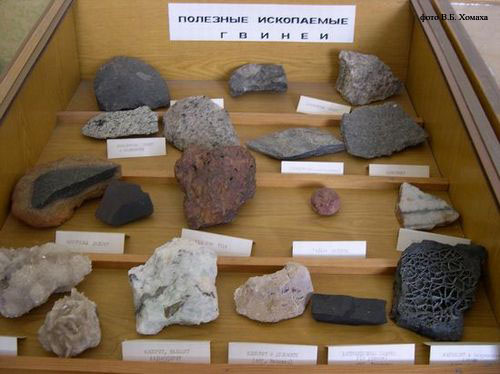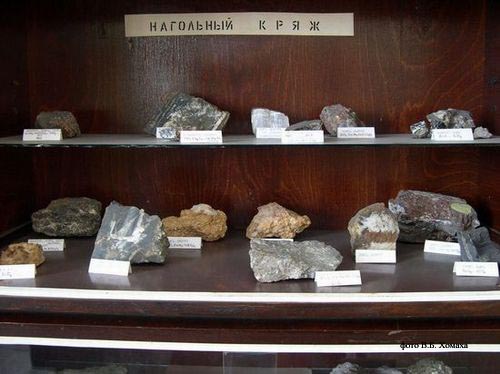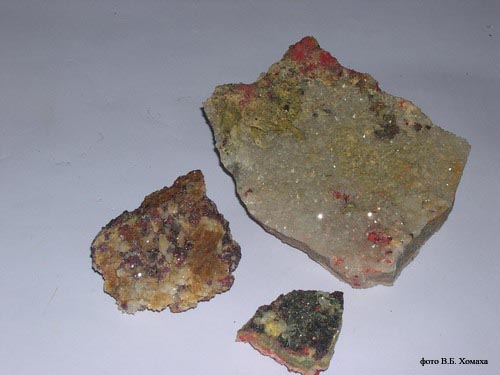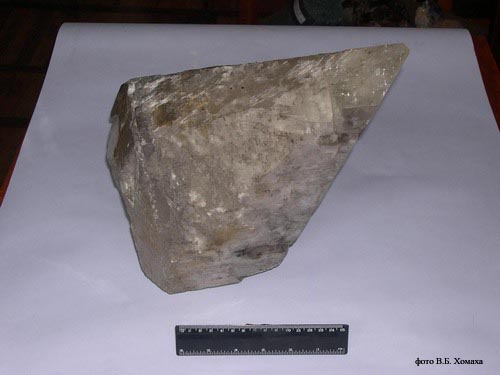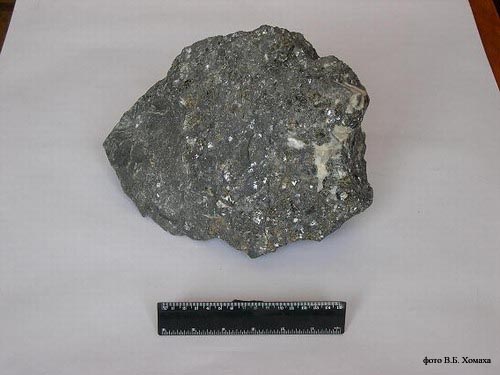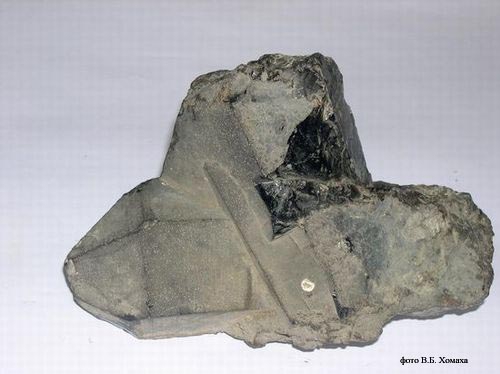In a 1931 Museum opened out the displays in new educational corps of the Mountain institute. On guidance of department of геолого-mineralogical disciplines the duty of further development was laid museum on a laid down large programme. Laboratories of blowpipe and gonyometryy, petrographic with polarization microscopes, created at a museum, geological cabinet and allowed other to the mineralogical museum to open out wide work on perfection of educational process and distribution of scientific knowledges among workings and studying cities and his surroundings. Creation at the museum of the well equipped subject audience into 120 places with the projection setting, screen, large demonstration table and other necessary adaptations was instrumental in it.
In 1940 in the Donetsk industrial institute, as DonNTU was then named, the reception on geological speciality was opened, that demanded further expansion and development of museum. However beginning war and occupation of by the Stalyno fascist invaders inflicted an irreparable damage to the created museum. It was fully destroyed him, and burned out buildings of institute and blown up. After the DYY returning from evacuation renewal of educational corps and creation of new began mineralogical museum. Collection standards for him were acquired on Ural, in Kuzbasse and elsewhere. All students-geologists, passing production practical workers, in different geological parties and expeditions certainly brought in an institute the standards of different minerals, ores, coals and other stoning material. Gradually a fund accumulated not only educational standards but also beginning to forming of museum collections - standards, selected by the beauty, color, perfection of forms, unusual thing and rareness, was fixed.
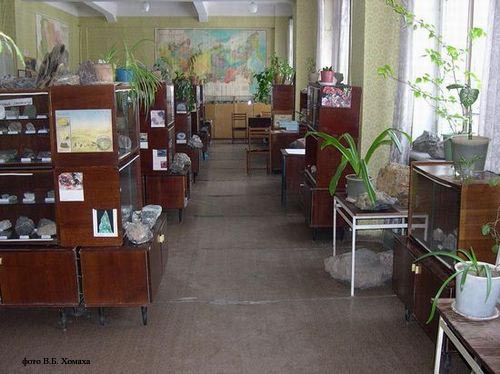
|
Museum in nowadays
Presently museum funds count over 10 thousand of standards, many of which are rare both from point of mineralogy and from point of historically-cultural legacy. The funds of museum are basis of construction of stationary displays and temporal exhibitions proper to the tasks of educational process and scientifically-elucidative work. Traditional systematic collection is placed in a museum. All minerals are broken on groups on the types of compounds: selfnative elements, haloid connections, oxides and gydroksydy, sulfides and sulfasalts, sulfates, phosphates, silicates and karbonates. Geography of samples is very wide: Canada, PEOPLES Republic of China, Germany, Australia, Guinea, Russia, Ukraine and etc Actual material of museum of mineralogy and minerals includes the real crystals, minerals, mountain breeds, minerals, but also descriptions of geological objects, sketching, pictures, models not only. The deposits of useful fossil countries of CIS are exhibited in ten departments of museum: Berezovskoe gold - ore deposit; Adun-Chelonskoe deposit of the coloured stone; Nykytovskoe deposit of mercury; Artemovskoe deposit of salts, gypsums and angydrytov; Chasov-Yarskoe deposit of kaolynov; deposit of ferrous quartzites of the Pryazovskogo crystalline array, ores and containing breeds of the Kryvoi Rog iron - ore pool; pegmatites of Volyn; granites of the Ukrainian shield; variety of quartz (mountain crystal, raukhtopaz, amethyst, moryon, citrine, rose quartz) of Prypolyarnogo Ural, Middle Asia, Siberia; different chalcedonies, agates, cornelians of Kamchatka. Minerals and deposits of foreign countries are represented by a noble opal and lamproytamy Australia; by unique collection from Guinea which contains kymberlyty, nefelynovye syenyty, iron-stones. It is present collection of coal deposits of Peru and the USA, and also medical minerals used in Chinese folk medicine and etc New receipts of minerals, mountain breeds, minerals are constantly exhibited. The monoliths of anthracite coals, feldspars, sodalytov, mountain crystal, ores of the Donetsk pool are set. Widely the students of the mining, physics-metallurgical, chemical and geological faculties of DonNTU use the displays of museum. Students working with working collections, the knowledges are fastened on all disciplines of geological cycle. At a museum the group of senior pupils works the "Young geologist", which the associate professors Yagnischeva T.V. and Kupenko V.I. Except for students, schoolboys, production workers and teachers manage, a museum is seen also by from another cities and foreign guests. A museum carry out wide scientific communications with foreign establishments, countries of UIS, an exchange is conducted by mineralogical collections. The displays of museum are the specialized method of reflection at modern scientific level popularization of geological knowledges about the processes of development of lytosfery of Earth, formation of breeds, ores and minerals, and also direction of their practical use. The unique natural resources of region, where 834 deposits are known more than 50 types of mineral raw material, can come into notice of potential partners on their mastering. Experience of the controlled from distance teaching accumulates and a base for the acquaintance of students with possibilities of the Internet is created. Large work on permanent addition to the collection fund of museum was brought in by the teachers of department bringing standards from the foreign business trips to Guinea, Canada, PEOPLES Republic of China, Peru, Czech, Germany, Poland, Bulgaria, Australia and other countries, and also thematic researches of research workers of department (B.S. Panov, V.A. Kortschemagin, In And. Kupenko) et al. |
